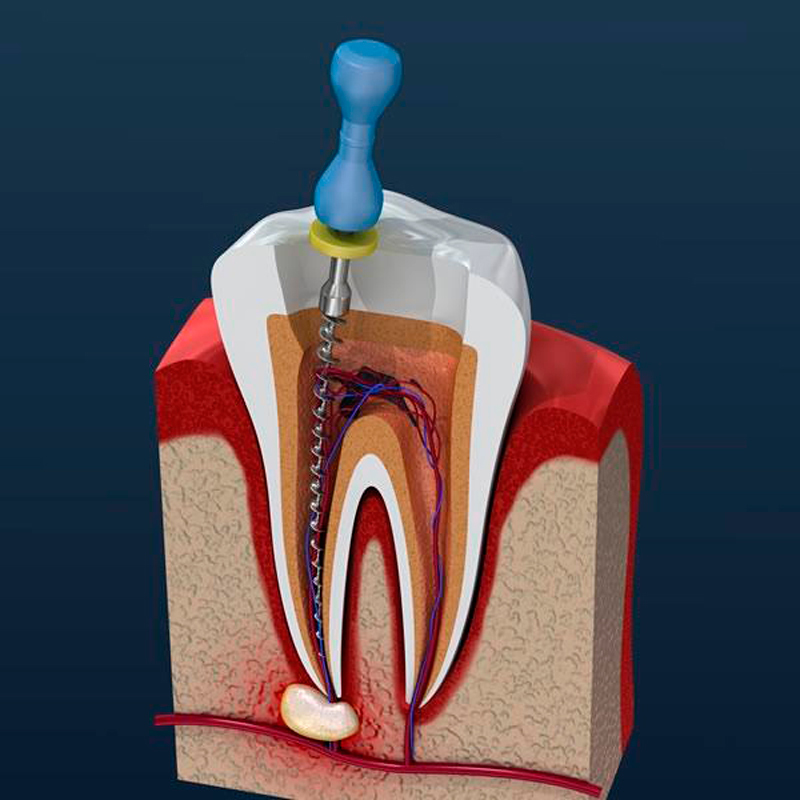Dental crowns are essential restorative treatments used to protect, cover, and restore the shape of damaged teeth. They are often required after root canal therapy, for large fillings, or when a tooth is cracked or worn down. Selecting the right type of dental crown depends on various factors, including the tooth’s location, the function of the tooth, the patient’s aesthetic preferences, and budget considerations. Here’s a comprehensive guide to the materials, types, and uses of dental crowns.
Types of Dental Crown Materials
Porcelain-Fused-to-Metal (PFM) Crowns
- Description: These crowns have a metal core covered with a porcelain layer that matches the color of natural teeth.
- Advantages: Strong and durable, providing a good blend of strength and aesthetics. Suitable for both front and back teeth.
- Disadvantages: Over time, the metal may show as a dark line at the gum line. The porcelain can also chip or break off.
All-Ceramic or All-Porcelain Crowns
- Description: Made entirely of ceramic or porcelain material, these crowns provide the best natural color match.
- Advantages: Excellent aesthetics, biocompatible, and suitable for patients with metal allergies. Ideal for front teeth.
- Disadvantages: Less durable than metal-based crowns, may wear down opposing teeth, and are more prone to cracking or chipping.
Metal Crowns
- Description: Made from alloys that contain a high content of gold, platinum, or base metal alloys like cobalt-chromium and nickel-chromium.
- Advantages: Extremely durable and long-lasting, require less removal of the tooth structure, and withstand biting and chewing forces well. Ideal for molars.
- Disadvantages: Metallic color, which is not aesthetically pleasing, especially for front teeth.
Zirconia Crowns
- Description: Made from zirconium dioxide, a durable, white ceramic material.
- Advantages: Extremely strong, highly aesthetic, and biocompatible. Can be used for both anterior and posterior teeth.
- Disadvantages: Can be more expensive, and the opacity may not be as natural-looking as all-ceramic crowns.
Choosing the right dental crown involves considering the tooth’s location, function, aesthetics, budget, and any material sensitivities. Discussing these factors with your dentist will help determine the most suitable type of crown for your specific needs, ensuring optimal functionality and appearance. Whether opting for the durability of metal crowns or the natural look of ceramic crowns, modern dental materials and techniques provide effective solutions for restoring and preserving your smile.


